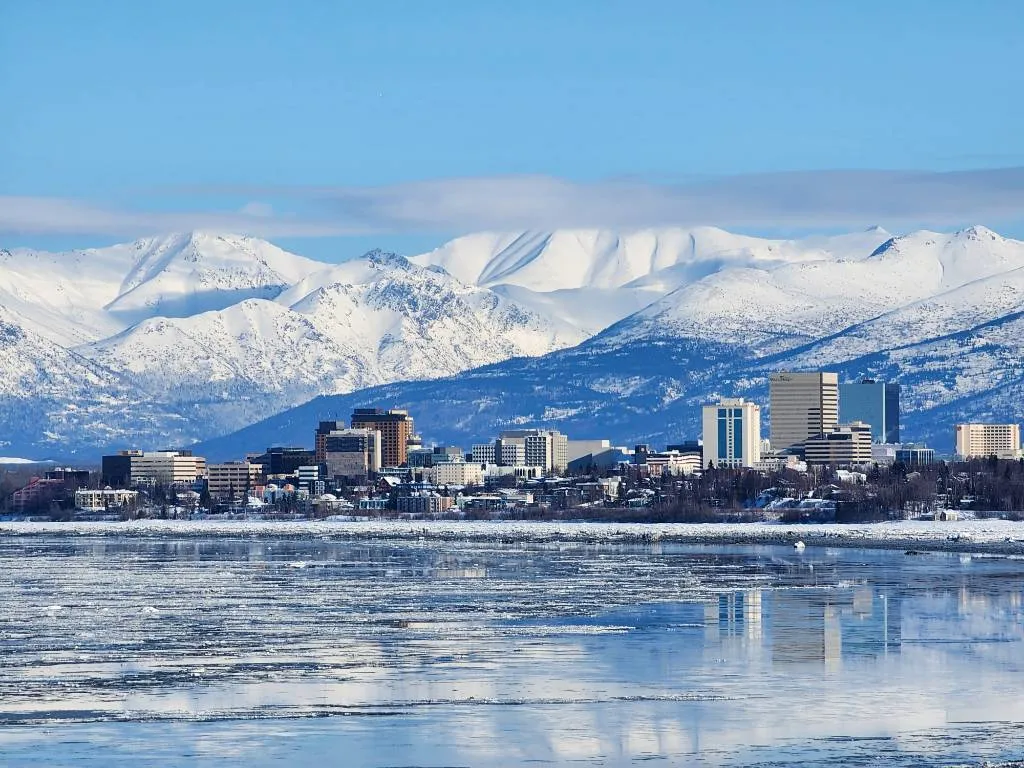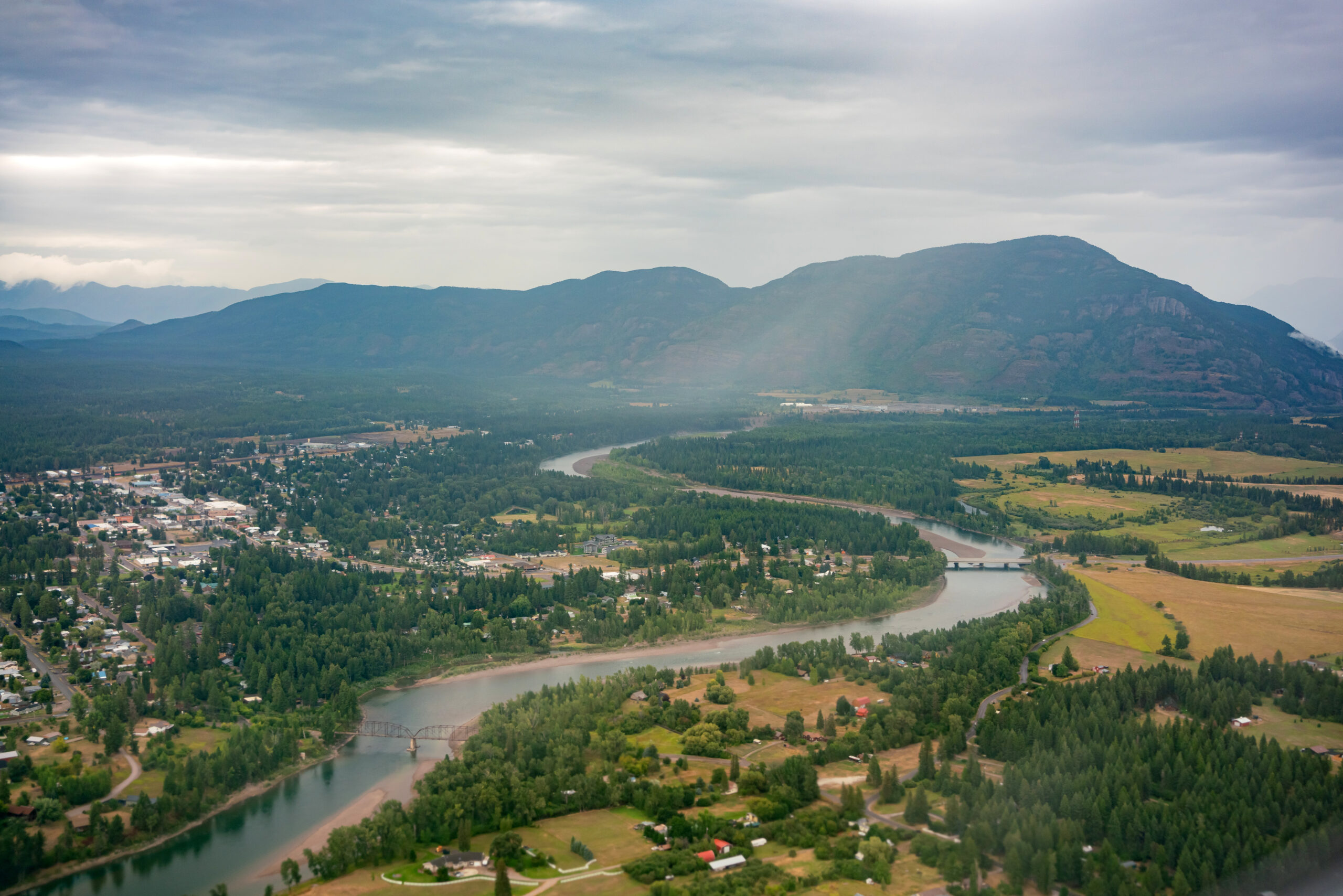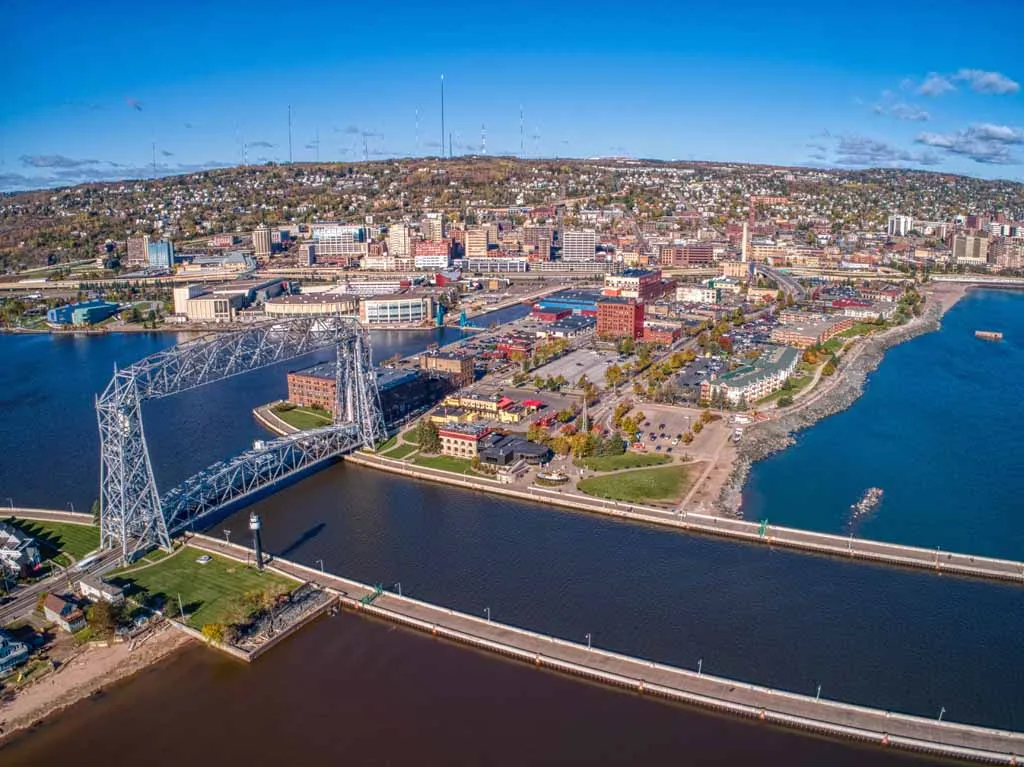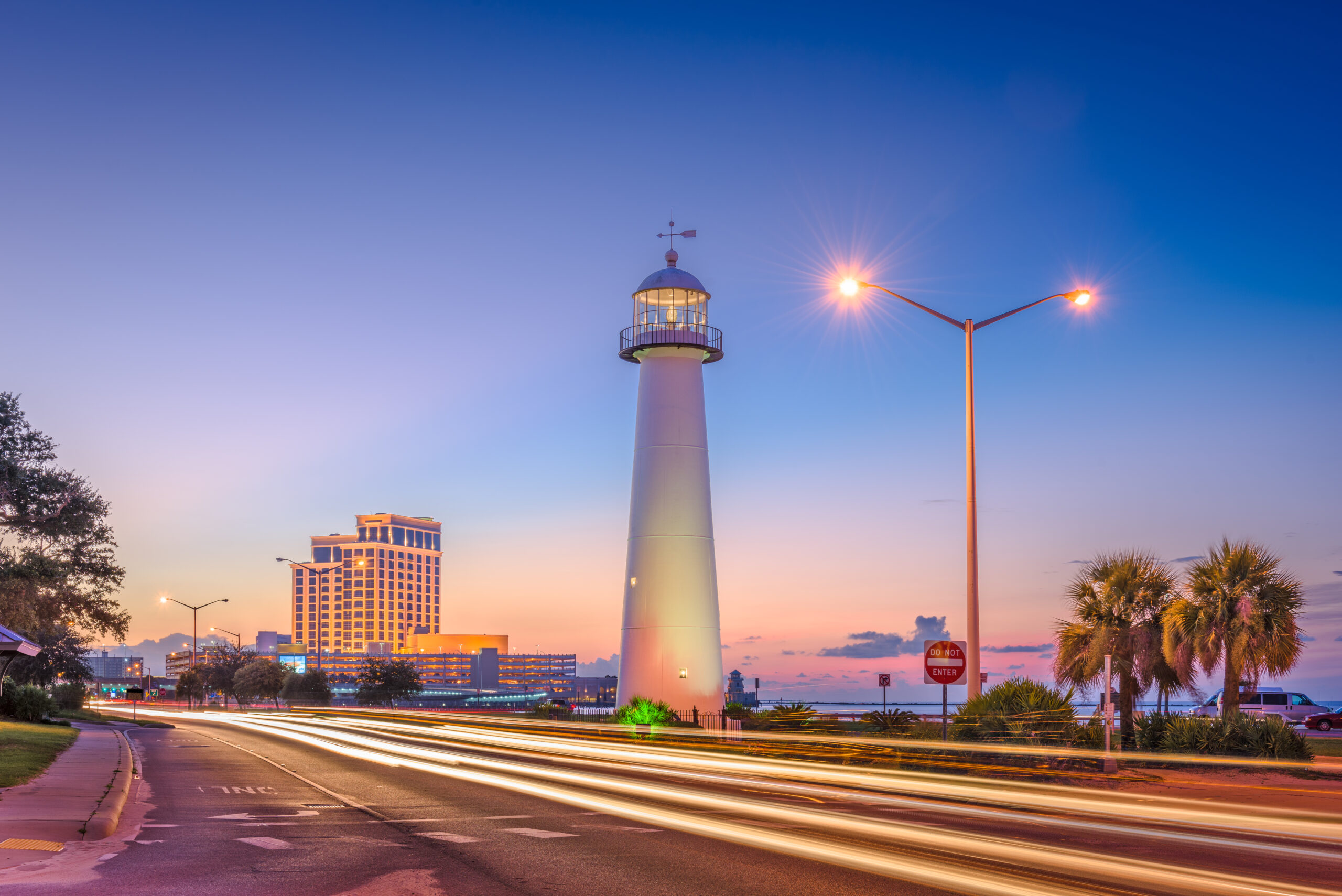10 Things to Know Before Moving to Anchorage, AK

Moving to Anchorage, Alaska, is like diving into a mix of city vibes and wild nature. You’ve got the stunning scenery, the northern lights, and the towering snowy peaks.
But before packing your bags for this unique Alaskan relocation, there are important things to know. From the chilly weather to the diverse community, understanding Anchorage is key before making it your new home. Here are ten things to know before moving to Anchorage, AK!
1. Anchorage is known for its stunning natural beauty
The gorgeous mountains, magnificent glaciers, and vast woods of Anchorage contribute to the city’s renowned scenic splendor. Over half a million acres of wilderness, including glaciers, lakes, and woods, make up Chugach State Park, a popular destination. Among the several things to do in the park are camping, hiking, and seeing wildlife.
The Anchorage Coastal Wildlife Refuge and Alaska Botanical Garden are two of Anchorage’s stunning gardens that showcase the local flora and wildlife.
2. Take in the outdoors at Tony Knowles Coastal Trail or Alyeska Resort
When it comes to outdoor activity, Anchorage is where it’s at. Among Anchorage residents, hiking ranks high. No trip to the coast would be complete without hiking the stunning 11 miles of the Tony Knowles Coastal Trail. You can see the Chugach Mountains, Cook Inlet, and even beluga whales from here every once in a while. With numerous groomed routes in and around Anchorage, cross-country skiing and snowshoeing are popular winter favorites.
An hour’s drive from Anchorage is Alyeska Resort, where you can also do downhill skiing and snowboarding. Summertime is prime time for water sports like kayaking and fishing as well as wildlife observation cruises. Outdoor enthusiasts visiting Anchorage can’t help but marvel at the city’s amazing wildlife, which includes bald eagles, bears, and moose.
3. The people of Anchorage are warm and welcoming
The warm hospitality and inviting community of Anchorage have made it a famous city. Anchorage may be the biggest city in Alaska, yet it still feels like a little village. The diverse range of backgrounds represented in the community gives it a certain flavor.
Many community activities and festivals are planned all year round in Anchorage, showcasing the friendly and welcoming spirit of the locals. Some examples of these events are the Iditarod Sled Dog Race, Anchorage First Fridays, and the Anchorage Market.
4. There is no sales tax
Anchorage stands out from other cities because it does not impose a sales tax on any of its goods or services. The reason behind this is that the city’s services and operations are funded through property taxes and other forms of revenue, like fees and licenses.
In addition, companies in Anchorage could gain an advantage over their competitors in states that impose sales taxes by offering lower prices for their products. But don’t get mistaken; Alaska overall tends to be more expensive since they need to ship almost everything long-distance from the mainland.
5. Summer days are long and bright
Summer days in Anchorage are famously long and bright because of the amount of daylight. The sun rises and sets for up to 19 hours straight from the end of May into the beginning of August, providing locals with more than enough time to bask in the sunshine.
The sun never sets below the horizon in the summer in Anchorage because of its high latitude, which causes this occurrence. Long days mean more time for exploring the outdoors and enjoying some of the wonderful opportunities mother nature has to offer.
6. Enjoy the best of seafood
Living on the edge of Cook Inlet and so close to the Gulf of Alaska gives Anchorage its reputation as a seafood mecca. Numerous restaurants and marketplaces in the city sell fresh seafood, such as crab, shrimp, halibut, and salmon, among other varieties.
Along with its many restaurants and marketplaces, Anchorage is known for its seafood festivals and events, such as the annual Anchorage Salmon Daze Festival.
7. Job opportunities in Anchorage are limited
Comparatively, Anchorage does not have as many job openings as other cities. The main reason for this is that there aren’t many opportunities for other industries outside of government, healthcare, and the oil and gas sector.
Many Anchorage residents work for the airport, Providence Alaska Medical Center & Hospital System, and the US Army Base Fort Richardson.
8. Living expenses are 15.5% higher than the national average
Living expenses in Anchorage are around 15.5% higher than the national average, based on the city’s cost of living index of 115.5.
Utilities typically cost about $250 per month but can go up to $300 or more. roughly $3.30 will get you a loaf of bread and roughly $4.00 will get you a gallon of milk. However, housing costs are lower than the national average, with a median home price of $400,000.
9. Anchorage is isolated from other cities
Access to commodities, services, and resources that are easily accessible in other places can be a challenge in Anchorage due to the city’s isolated location, cut off from the rest of the US by large expanses of wilderness.
Two of Alaska’s biggest cities, Fairbanks and Juneau, are approximately 350 and 850 miles, respectively, from Anchorage. So, land connections are very sparse and far. However, the city is served by a big international airport, with airliners connecting the city to other major hubs in the continental US.
10. Summers are short and winters are brutal
Although summer days in Anchorage are known for their beauty, the summer season is shorter in comparison to the rest of the nation. The summer season usually begins in the middle of June and continues until about the middle of September. This is because the winter months arrive much too soon. This gives locals very little time to take advantage of the nice weather and outdoor activities before the chilly winter months arrive.
Living in Anchorage can be a real challenge due to the often cold weather. Temperatures between 5 to 25 degrees Fahrenheit are typical throughout Anchorage’s winter season, which can extend from October to March. Wind chill may make already chilly temperatures feel even colder.
In Conclusion
Moving to Anchorage, Alaska offers a blend of breathtaking natural beauty, a warm community, and an abundance of outdoor activities. The city’s stunning scenery, vibrant wildlife, and lack of sales tax stand out as advantages.
However, limited job opportunities, higher living expenses, isolation, and harsh winters are notable challenges. Understanding these aspects is crucial for anyone considering making Anchorage their new home, as it requires embracing both the unparalleled beauty and the potential hardships this unique Alaskan city presents.






